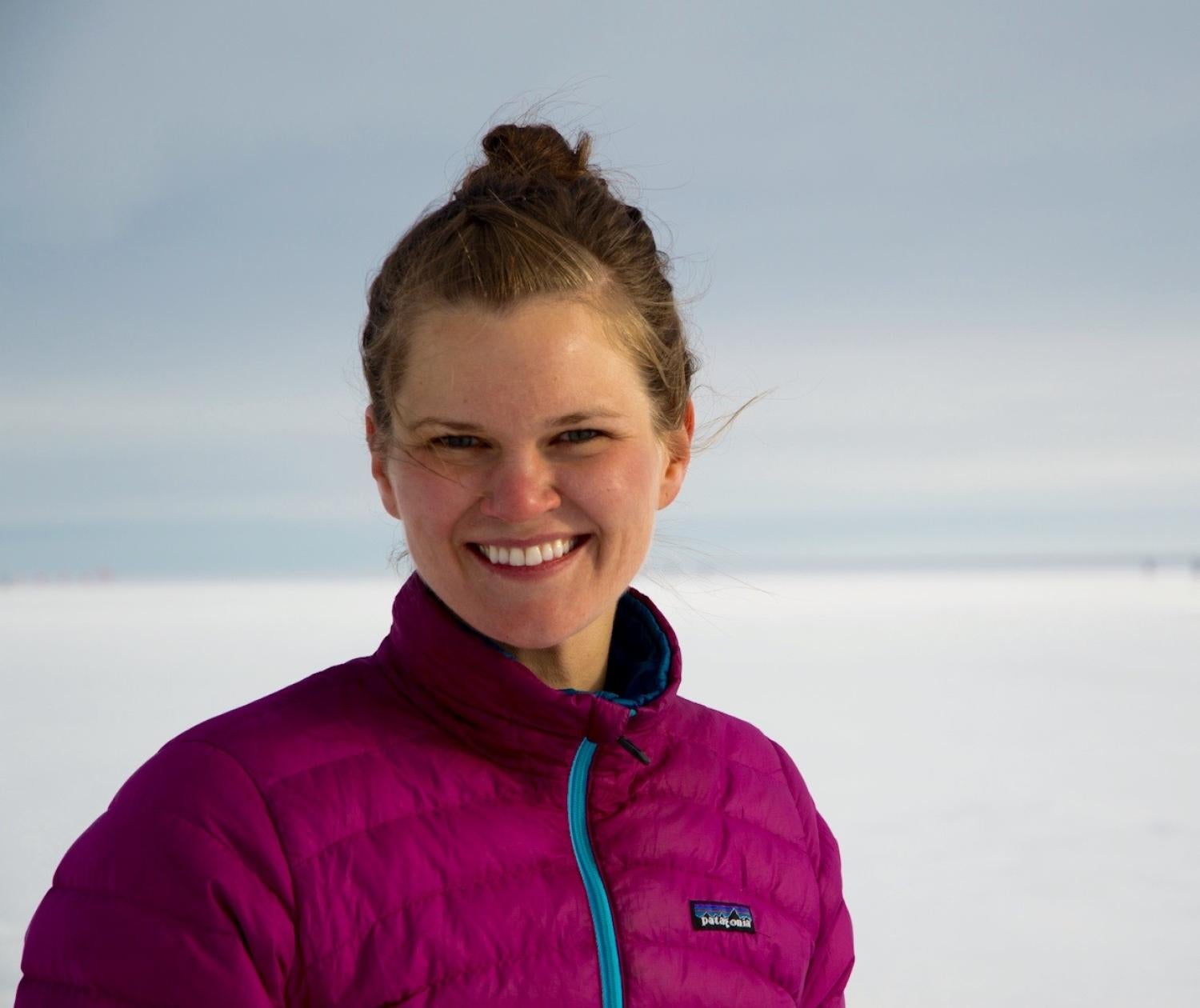McKenzie Skiles
- Assistant Professor, Geography
- University of Utah

Dr. McKenzie Skiles is an assistant professor in the Geography Department at the University of Utah. As a snow hydrologist, her research aims to contribute to our understanding of the seasonal mountain snowpack, including distribution, water storage, melt timing and magnitude, and how those things are changing over time. She has undergraduate degrees in Geography and Environmental Studies from the University of Utah, and a PhD in Geography from UCLA.
Abstract
Snow Hydrology 2.0: A new generation of methods for observing and modeling the changing mountain snowpack
Over a billion people globally depend on snowmelt runoff to meet water demands, predominantly from snow that accumulates annually in mid-latitude mountains. Decades of observations show that this natural reservoir is at risk; snow water equivalent and snow extent are declining; even as growing populations rely more on snow water resources and the vast infrastructural networks that have been set up to store and transport runoff. In many snow dominated watersheds, operational runoff modeling methods rely on temperature index models that are calibrated relationships between air temperature and snowmelt. Snowmelt rates and resulting hydrographs, though, are predominantly controlled by net solar and longwave radiation, which are dependent on the fractional cover of snow, surface albedo, and atmospheric conditions. The melt index and model effectiveness of operational models is diminished when conditions are outside the calibration period, and are especially pronounced during events that perturb the snow energy balance, for example, rapid snow albedo decline following deposition of light absorbing particles like dust and black carbon. Traditional remote sensing has been valuable in allowing us to detect trends in snow extent and melt timing, but not for identifying the drivers of those trends, or for improving operational snow forecasting. This talk will cover the next generation of techniques, from unmanned aerial imaging to assimilation of space borne retrievals into snow energy balance models, that can be used to improve our physical understanding, and representation, of controls on mountain snowmelt patterns.

